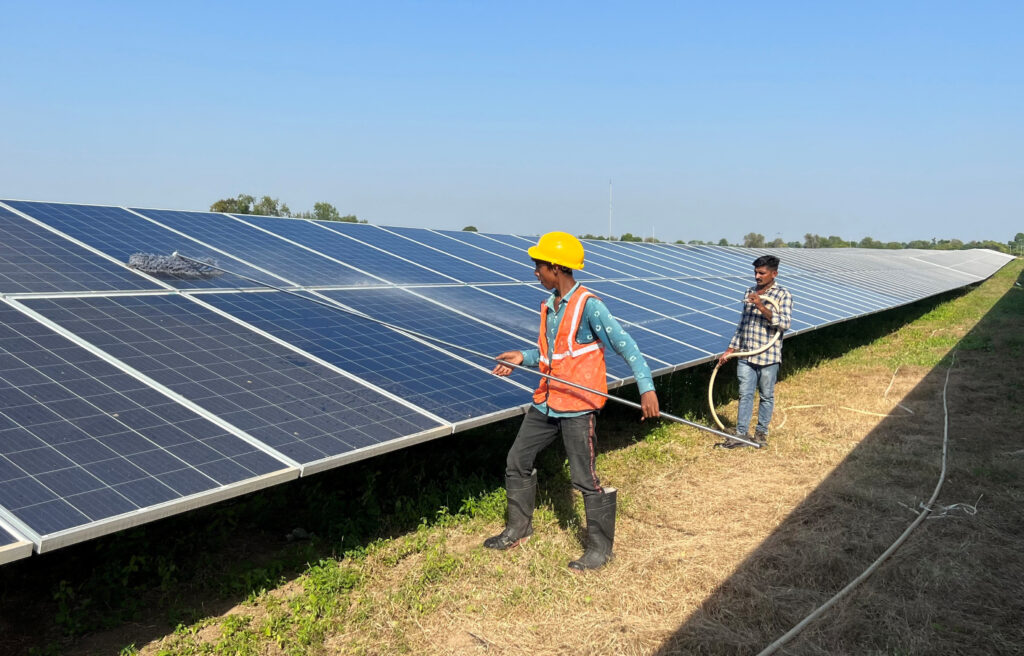According to a media report citing US Energy Secretary Jennifer Granholm, the US-based solar manufacturing business First Solar plans to invest “billions of dollars” in solar panel production in India that won’t use components from China. The minister also mentioned that Tesla is in talks to invest in India.
“India adds the idea of size, while the US offers its laboratories and the initiatives we are taking to encourage production. In addition to mentioning the money from the US Development Finance Corporation for the renewables industry,” Granholm told The Economic Times that combination helps both parties achieve their aims.
On July 18, Granholm attended a meeting of the India-US Strategic Clean Energy Partnership in New Delhi. When questioned about Tesla’s intentions to invest in India, the minister reportedly responded that the automaker is also in discussions with the Indian government.
Elon Musk, the CEO of Tesla, was introduced to Prime Minister Narendra Modi during his official visit to the United States last month. Musk thanked the Prime Minister for encouraging Tesla to make large investments in the nation during their meeting. He highlighted once more their desire to take advantage of this opportunity, although they would need to think about the best time to do so.
After meeting with Hardeep Puri, the oil and gas minister, Granholm stated that “India is one of our most crucial partners in the clean energy transition.”

Granholm stated on Tuesday that the global energy transition, or the switch from fossil fuels like oil and coal to renewable sources like wind and solar, is expected to become a USD 23 trillion industry by 2030. The reason is that American businesses look to forge tighter relationships with Indian businesses to take advantage of this opportunity.
She stated, according to PTI, that in order for the US to reach its objective of using only clean energy, it will need to add 2,000 gigawatts of clean energy to its electric grid by 2035. She was speaking at the ministerial conference of the US-India Strategic Clean Energy Partnership (SCEP).
“That implies we must act simultaneously across the board.” As a result, she said, “in order to do that, we must collaborate and learn from those that are doing it well and can scale up really successfully.”
India has stated goals to meet 50% of its electricity needs from renewable energy sources by 2030 and to achieve net zero emissions by 2070. It aims to install 500 GW of renewable energy capacity, lower the carbon intensity of its economy by 45%, and eliminate 1 billion metric tons of CO2 from the atmosphere.
Due to the potential for cooperation presented by these shared objectives, the SCEP was established.
The sides noted the growing significance of bilateral energy cooperation between the nations during the meeting on Tuesday. They highlighted the critical importance of bilateral clean energy engagement and the accomplishments of the SCEP in enhancing energy security, fostering clean energy innovation, combating climate change, and creating opportunities for job creation.

READ ALSO – Facebook Parent Meta Makes Its AI ChatGPT Competitor LLaMA 2 Public
The next iteration of Meta’s AI large language model, known as LLaMA 2, will be made available for free for study and commercial usage, according to the company’s CEO, Mark Zuckerberg, who made the announcement on Tuesday.


